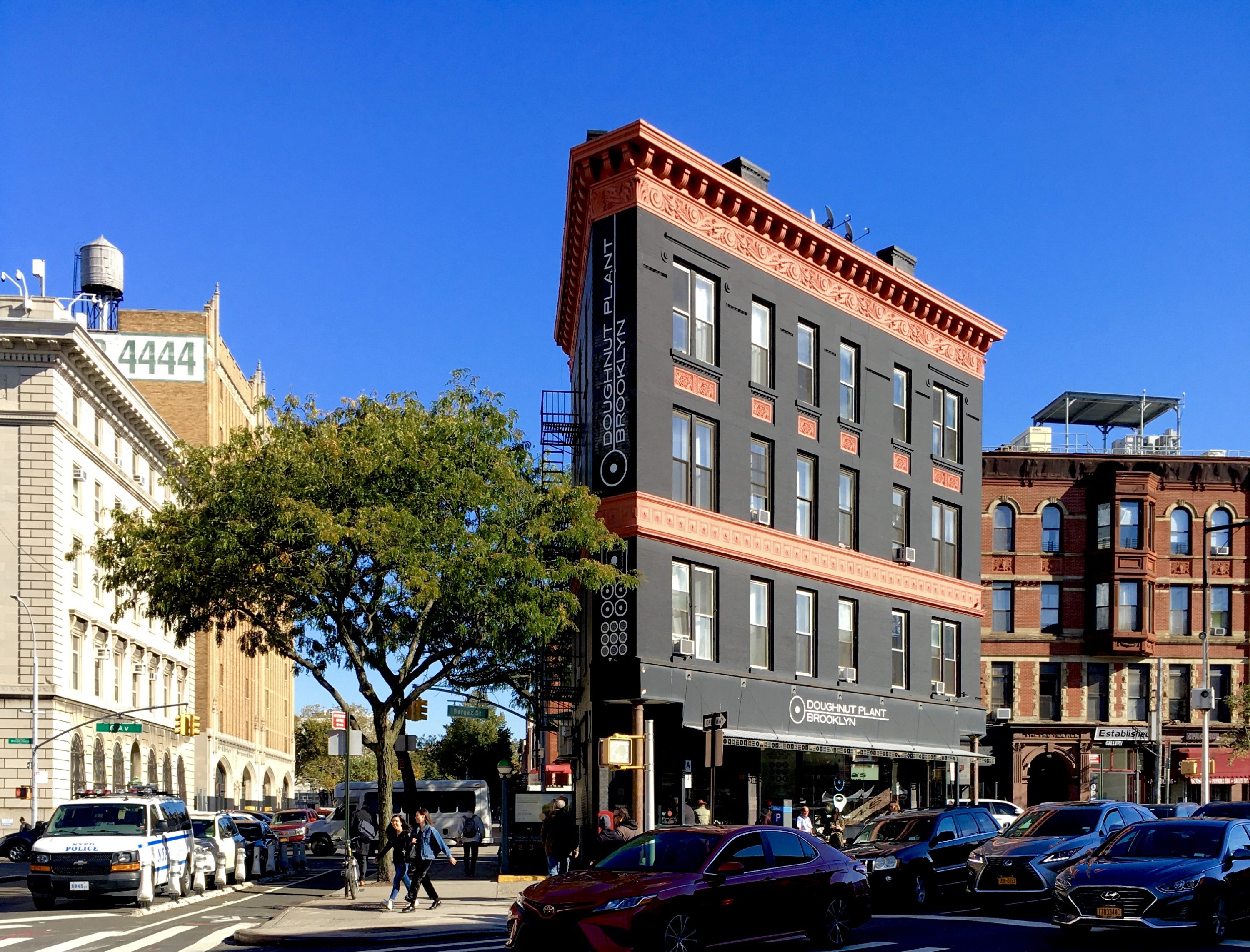Stroll down Bergen Street from Boerum Hill to Brownsville | Part One

Welcome to Bergen Street, where pre-Civil War rowhouses mingle with eye-catching institutional and commercial buildings. Eagle photo by Lore Croghan
Eye on Real Estate: You can walk from Boerum Hill to Brownsville on Bergen Street. What a fine stroll.
There are pre-Civil War brick rowhouses, an industrial area that residents want to rezone, clusters of Romanesque Revival homes and elegant churches.
You can walk this route in a single day if you aren’t an obsessive-photo taker. But I am, so I split the stroll into two successive days — and two separate stories. This is Part One.
